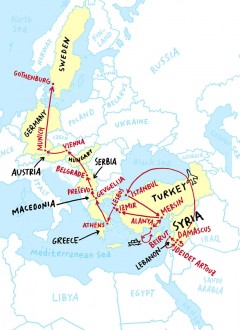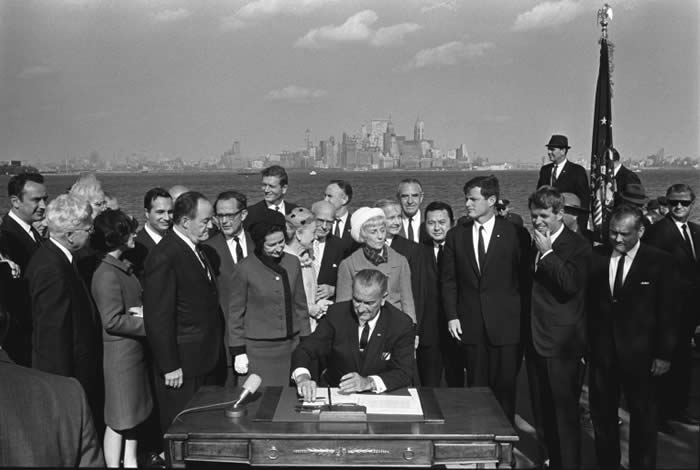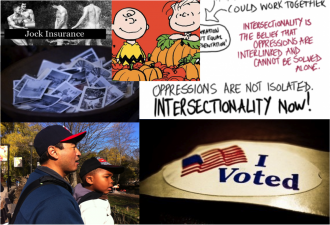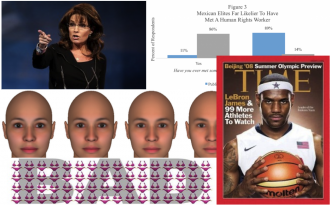
New & Noteworthy
Shania Kuo published a new “There’s Research on That”, Not Just a Monolith: Complicating Asian American Identity. In this piece, she unpacks some of the problems with the umbrella term “Asian Americans”. Immigration, panethnicity, East Asian cultural overshadowing, and anti-Asian Racism are all covered.
In case you missed it, I created a quick list of some TSP Thanksgiving-themed pieces. This includes our fantastic video and TROT by Isabel Arriagada and Mahala Miller on family conflict around the dinner table.
From the Archives
War in the Middle East, Ukraine, and around the world continues to make headlines as more lives are destroyed. Learn more about The Impact of Distance from War by Kristalena R. Herman.
More from our Partners & Community Pages
Contexts has their Fall 2023 issue to read before 12/15 for free! Check out the table of contents to read about machine learning, divorce in Korea, college access after incarceration, and more!
Council on Contemporary Families has new content on persistent racial housing inequality in public housing by Junia Howell, Ellen Whitehead, and Elizabeth Korver-Glenn.
Our friends at The Berkeley Journal of Sociology are accepting submissions for their 65th Volume until December 15th! Click here to send your submission and reach a public audience! Also, in case you haven’t already, order the 64th Volume – “Space and Place at the Margins” – here.




